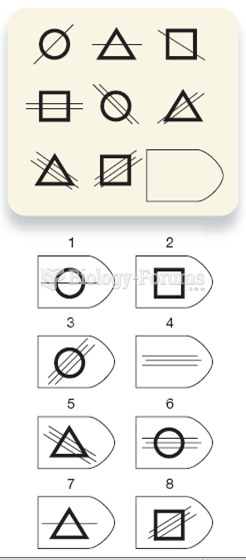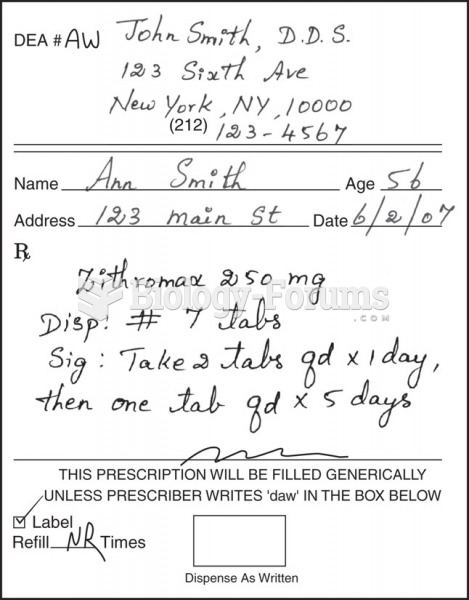- Grade 11 and 12 Mathematics (Moderator: geoffrey)
|
|
|
- Grade 11 and 12 Mathematics (Moderator: geoffrey)
Automated pill dispensing systems have alarms to alert patients when the correct dosing time has arrived. Most systems work with many varieties of medications, so patients who are taking a variety of drugs can still be in control of their dose regimen.
Hyperthyroidism leads to an increased rate of metabolism and affects about 1% of women but only 0.1% of men. For most people, this increased metabolic rate causes the thyroid gland to become enlarged (known as a goiter).
Most childhood vaccines are 90–99% effective in preventing disease. Side effects are rarely serious.
Medication errors are more common among seriously ill patients than with those with minor conditions.
On average, someone in the United States has a stroke about every 40 seconds. This is about 795,000 people per year.







